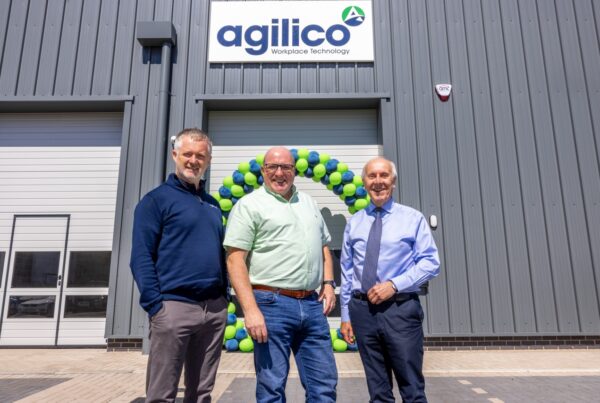Just how does agile working differ from flexible working?
Employees have different needs today as they try to manage both work and home life. Because of this, the old-fashioned 9-to-5 has been tweaked to suit and if Dolly Parton were to update her classic song, ‘agile’ and ‘flexible’ working will have to be written in.
Although the words have similar meanings, they’re two different things when it comes to working. In simple terms, one is for you to have greater flexibility to your work-life balance and the other is to make you work more agile in its operation.
The right to request flexible working was introduced in 2014, under the Flexible Working Regulations and has helped people take more control over their careers and lives. It offers different types of flexible working that an employee can request – if they have worked at the company for at least 26 weeks – and includes different hours of work, home working and job shares.
Agile working, on the other hand, is all about the business. An agile project is where research, planning, design, development and testing all happen in parallel. It allows for continuous improvements to be made throughout the process with the new system only going live when it has demonstrated the service works and meets the user’s needs.
Agile working uses technology to create a new normal pattern of working where all employees can work at different times, from various locations, provided business needs are met. This should result in benefits such as greater employee productivity, decreased office costs and a more motivated workforce.
An agile workforce can work from home, from coffee shops or even the park to complete the tasks necessary to their job on any given day. This may be in an office at a desk with an employee’s team, a breakout area, a park, a coffee shop or at home. This approach stems from having the right practices and processes to allow employees to work anywhere.
With agile working, management has to change its focus from inputs (turning up to a specific workplace at a specific time) to a more outcomes-based approach (making sure tasks and projects are completed).
Critical differences
The main difference between agile working and other forms of flexible working is commitment. While flexible working can be easily implemented using today’s technology, commitment to agile working is required from management and staff.
Flexible working tends to be employee-centric. It’s believed to improve work/life balance and enhance employee happiness, though there are benefits there for productivity, reduced absenteeism and staff retention.
Agile working practices, however, are designed to benefit both the employee and the company; staff get more freedom to work where and when they want, but the result should be a more performance-focused, responsive and effective organisation, where motivated workers deliver stronger products and better customer service.
Flexible and agile tools
Technologically, flexible and agile working practices use many of the same tools. Hotdesking, laptops, convertibles, smartphones and mobile devices play into both, while wireless connectivity is essential.
Agile working, however, requires a wider change of IT strategy, bringing in services like unified communications, team and collaboration platforms, cloud-based data and BI services and VPN tech to ensure that every employee has what they need to do their job wherever or whenever they’re working.
While the flexible office can support agile working, agile working takes things further. It’s even more crucial to provide a range of workspaces appropriate for different purposes and to give workers the space they need to operate in different configurations as part of different teams.
Implementing an agile working pattern
Balancing the needs of the employee and business is not easy, but agile working can bring several advantages it executed thoughtfully.
For many businesses, the main barriers to agile working centre on its cultural mindset. Having the right technology and building new workspaces isn’t enough. Organisations need to engage with their workforce; building up a relationship of responsibility and trust are essential.
The change will also challenge the command-and-control leadership and culture, especially in senior and middle management. Implementation has to be across the whole organisation. Departments heads, such as those from IT, human resources, finance and property must drive agile working together.
There also has to be a strong case for having agile working in an organisation; important goals have to be outlined and agile working needs to show how it can help in achieving these goals. The UK government has an agile working code of practice, PAS 3000, developed by the British Standards Institute, that can be used as a resource for getting started on the path to agile working.
Going agile isn’t for the faint-hearted, but the effects can be transformative. BT, for example, has moved 80% of its workforce to agile practices and seen some workers show a 30% increase in productivity and improved staff health and happiness. Stress-related illness has gone down by 35%, the percentage of sick days taken has fallen and overall staff retention has improved. That’s good news for its workers, and good news for the business.



